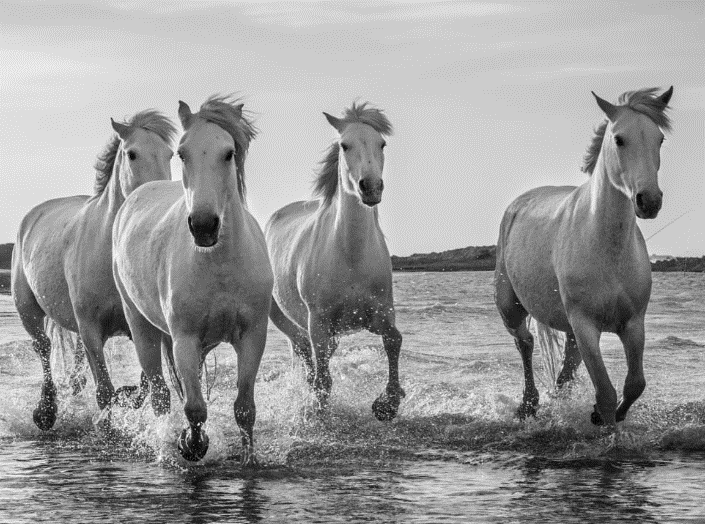There’s a well-meaning but flawed assumption in many organisations: if you take a few high-potential individuals, send them on a programme, and hope it ‘sticks’, leadership capability will ripple outwards.
It rarely does. Because we’re often building on unstable foundations.
A recent McKinsey report by Morgan and Thorpe (Building Leaders from the Ground Up, 2024) reinforces what many HR and L&D leaders suspect: leadership development often feels disconnected from the actual work of leadership.
It’s bolted on, not built in. Events rather than infrastructure.
They argue for something deeper and more enduring — something we’d fully echo. But we’d go further.
Stop treating leadership as a solo act
Leadership isn’t an individual performance. It’s a team sport. Too many programmes are still built around heroic individualism — as if we just need to upgrade the operating system of a few select leaders.
But the reality is: the challenges facing leaders today aren’t solved in isolation. They need peers. They need feedback. They need space to think and stretch — with others who are doing the same.
That’s where group coaching comes in.
We see it not as a side dish, but as the most effective, modern way to develop leadership that lasts. Group coaching brings leaders together across the business to tackle real issues, in real time.
Not roleplay. Not content-overload. Not learning for learning’s sake.
It individualises change while drawing strength from the group. Leaders learn to support one another, challenge one another, and show up differently in their teams.
Group coaching also creates a ripple effect: leadership capability starts to spread through the system, not just sit with a few individuals. This occurs not only because leaders are working on real challenges with their peers but because they design mini-experiments to trial when they return to their work, bringing the results back at future group coaching sessions to interrogate and learn further from.
And it’s much more than a facilitated conversation — it’s action-oriented, grounded in your organisational context, and focused on helping leaders engage others, navigate change, and deliver impact quickly.
What good leadership development infrastructure looks like
Morgan and Thorpe offer three excellent tests. Paraphrased:
1. Is your leadership development tied to the real work of your organisation?
2. Does it align with how people are held accountable and how decisions get made?
3. Is it something experienced across the business — not just a one-off for the favoured few?
We’d add a fourth:
4. Does it help leaders help each other — not just develop themselves?
If not, you’re likely missing the most powerful lever of all: peer-based development that scales cultural change from within.
The role of HR and L&D
If you’re responsible for talent, ask yourself: “Are we investing in individual upgrades or in systemic capability?”
Group coaching is one of the few interventions we’ve seen consistently build both. It’s grounded, responsive, and helps leadership become part of how work gets done — not a seasonal offsite.
It’s also one of the best ways to foster a real coaching culture. Not just by training leaders to coach, but by giving them the experience of being coached by their peers on live, complex issues.
If that’s the kind of shift you’re trying to make, and you’re looking for a partner who works within your reality — let’s talk.
Exigence provides a full suite of evidence-based business coaching solutions, driven by a desire to help individuals and teams to achieve their performance potential. Find out more here or contact us to talk through how we can support you.





